Advanced Studies Institute 2015 Program
The 2015 Advanced Studies Institute program consisted of the following four projects. Each project had one mentor and three students. Below are the project and team descriptions as well as a selection the guest lectures.
2015 Projects and Teams
Project Description
Musculoskeletal injuries are one of the leading causes of reduced downtime and lost wages in the United States. According to OSHA 33% of all injury and illness cases in 2013 were musculoskeletal disorders. According to the CDC musculoskeletal disorders lead to $20 billion dollars in costs for workers’ compensation, and $100 billion in lost productivity annually in the US alone. It is of interest to both the government and industry to detect the onset of musculoskeletal injuries before they lead to downtime and the downtime associated with the required recovery period. This project will focus on addressing this problem by focusing on new measurement technologies that can be used to non-invasively detect and quantitatively characterize loads and/or damage in the human musculoskeletal system. This work will be applicable to preventing repetitive stress injuries as well as help enable the next-generation of exoskeletons.
Project Team: Cristian Clajijo, Patrick Brewick, and Bridget Martinez
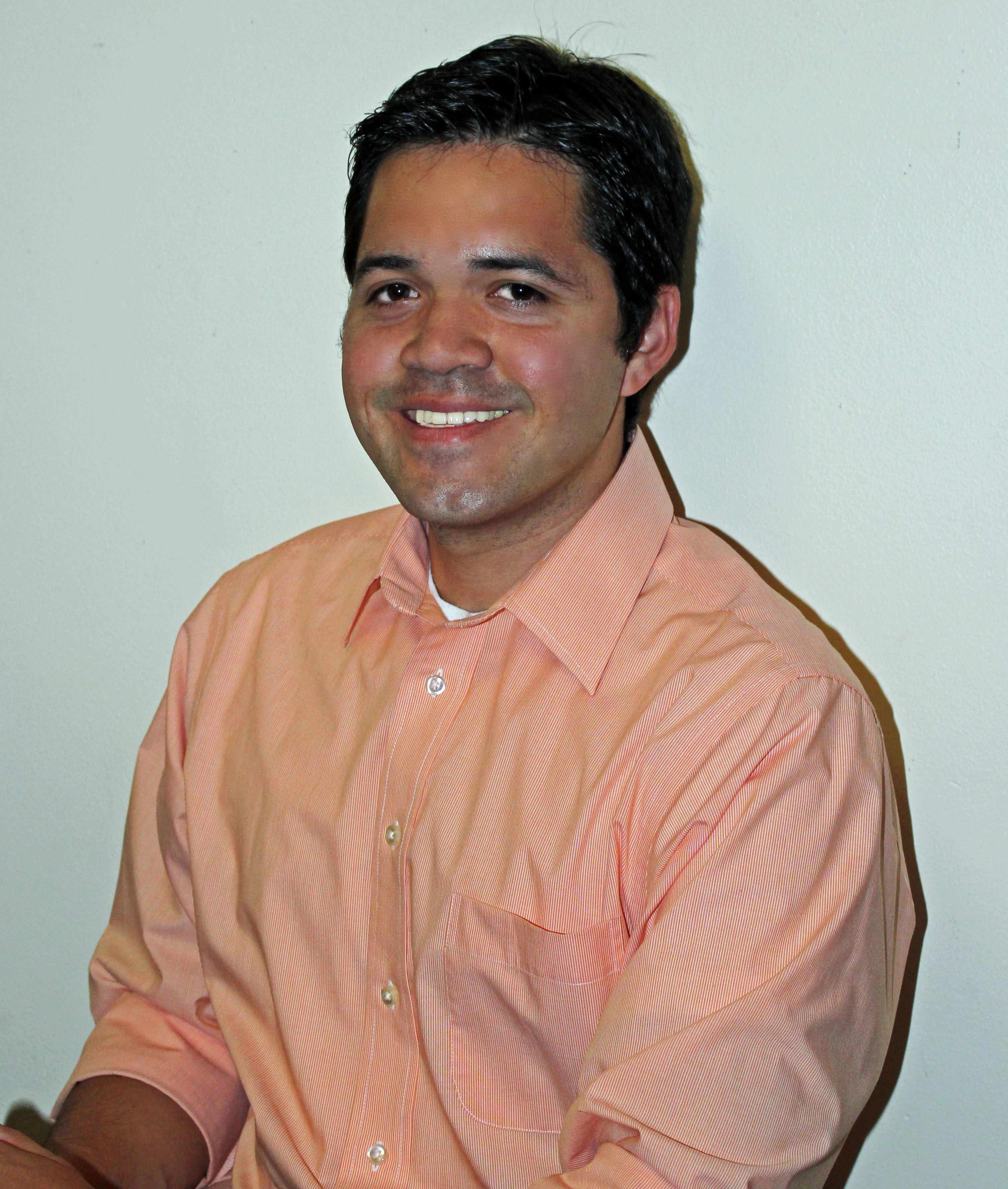 Cristian Clavijo is originally from Peru, but has been living in the United States since he was 12 years old. He graduated from the University of Utah with a Bachelor’s and Master’s degree, and is currently pursuing his PhD at Brigham Young University (all degrees are in mechanical engineering). Most of his undergraduate and graduate level projects have been in the area of thermal fluids, although he also has experience with regenerative medicine research. For his PhD, he is investigating the interaction between water droplets and heated superhydrophobic surfaces. His research consists of both theoretical and experimental work. For leisure, he enjoys salsa dancing and watching National Geographic documentaries.
Cristian Clavijo is originally from Peru, but has been living in the United States since he was 12 years old. He graduated from the University of Utah with a Bachelor’s and Master’s degree, and is currently pursuing his PhD at Brigham Young University (all degrees are in mechanical engineering). Most of his undergraduate and graduate level projects have been in the area of thermal fluids, although he also has experience with regenerative medicine research. For his PhD, he is investigating the interaction between water droplets and heated superhydrophobic surfaces. His research consists of both theoretical and experimental work. For leisure, he enjoys salsa dancing and watching National Geographic documentaries.
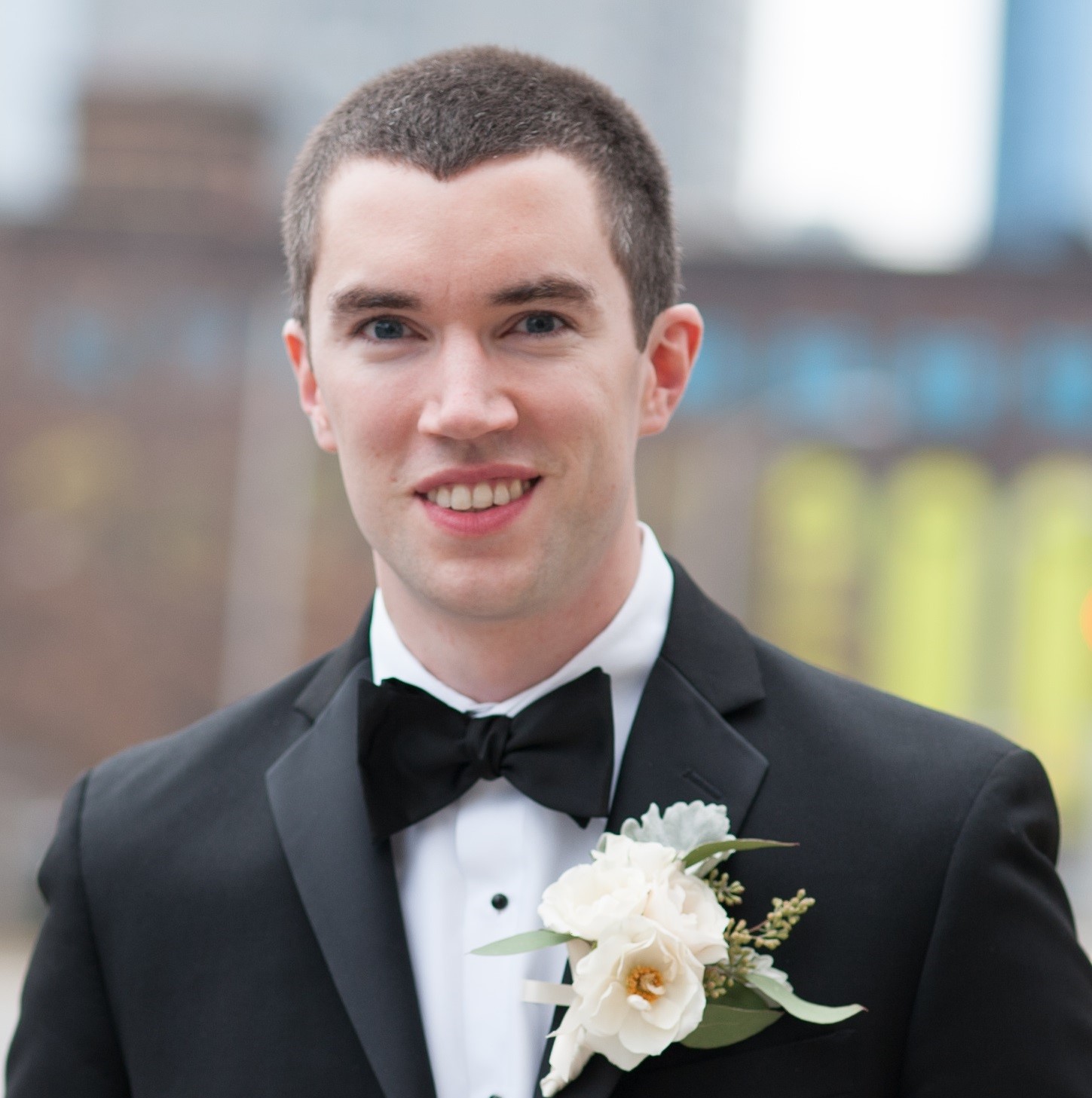 Patrick Brewick earned his B.S. in Civil Engineering from the University of Notre Dame in 2009 and his Ph.D. from the Department of Civil Engineering and Engineering Mechanics at Columbia University in 2014. Dr. Brewick's research interests focus on addressing the problems facing our aging infrastructure and improving the state-of-the-art in structural health monitoring by developing new system identification methods and advancing our understanding of the mechanics that govern load-structure interactions. Dr. Brewick recently joined the Sonny Astani Department of Civil and Environmental Engineering at the University of Southern California as Viterbi Postdoctoral Fellow. In addition to his focus on system identification methods, and Dr. Brewick has been collaborating with faculty at USC on seeking new ways to utilize sensor data and measurements towards improved structural modeling and parameter estimation for both linear and nonlinear systems.
Patrick Brewick earned his B.S. in Civil Engineering from the University of Notre Dame in 2009 and his Ph.D. from the Department of Civil Engineering and Engineering Mechanics at Columbia University in 2014. Dr. Brewick's research interests focus on addressing the problems facing our aging infrastructure and improving the state-of-the-art in structural health monitoring by developing new system identification methods and advancing our understanding of the mechanics that govern load-structure interactions. Dr. Brewick recently joined the Sonny Astani Department of Civil and Environmental Engineering at the University of Southern California as Viterbi Postdoctoral Fellow. In addition to his focus on system identification methods, and Dr. Brewick has been collaborating with faculty at USC on seeking new ways to utilize sensor data and measurements towards improved structural modeling and parameter estimation for both linear and nonlinear systems.
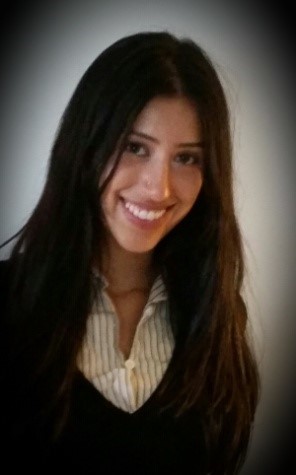 Bridget Martinez Bridget is currently completing her doctorate degree in the field of Molecular and Cellular Biology at the University of California's Quantitative and Systems Biology Program in Merced. As a comparative physiologist, Bridget's research focuses on expanding our knowledge of the evolution of endocrine systems in prolonged fasting-adapted mammals. Bridget is a published author in the Journal of Experimental Biology with results from her studies, which have impactful biomedical implications. Her academic and research training includes extended experiences from all around the world. In 2009, Bridget received the Benjamin Gilman Scholarship enabling her to participate in a yearlong study abroad opportunity and attend the American University in Cairo, Egypt where Bridget volunteered and taught Sudanese refugees the English language and mastered the Arabic language. In the spring of 2011, Bridget attended Yonsei University College of Medicine in Seoul, Republic of Korea, where she joined the Department of Biochemistry and Molecular Biology to conduct research in the field of Cancer biology. During the 2012 and 2013 summers, Bridget participated in collaborative research efforts in the field of pharmacology as a Minority Health and Health Disparities International Research Training Program Fellow (MHIRT) at Kagawa Medical University, in Japan. In 2014, Bridget received a University of California Institute for Mexico and the United States (UC MEXUS) research grant enabling her to conduct her research at Sonora University for the summer while simultaneously supporting, strengthening, and fostering productive collaborations with colleagues in Mexico and increasing the visibility of positive Mexican and US relationships. Bridget is funded by Horatio Alger Association and the Dennis R. Washington Achievement Pre-Doctoral Scholarship.
Bridget Martinez Bridget is currently completing her doctorate degree in the field of Molecular and Cellular Biology at the University of California's Quantitative and Systems Biology Program in Merced. As a comparative physiologist, Bridget's research focuses on expanding our knowledge of the evolution of endocrine systems in prolonged fasting-adapted mammals. Bridget is a published author in the Journal of Experimental Biology with results from her studies, which have impactful biomedical implications. Her academic and research training includes extended experiences from all around the world. In 2009, Bridget received the Benjamin Gilman Scholarship enabling her to participate in a yearlong study abroad opportunity and attend the American University in Cairo, Egypt where Bridget volunteered and taught Sudanese refugees the English language and mastered the Arabic language. In the spring of 2011, Bridget attended Yonsei University College of Medicine in Seoul, Republic of Korea, where she joined the Department of Biochemistry and Molecular Biology to conduct research in the field of Cancer biology. During the 2012 and 2013 summers, Bridget participated in collaborative research efforts in the field of pharmacology as a Minority Health and Health Disparities International Research Training Program Fellow (MHIRT) at Kagawa Medical University, in Japan. In 2014, Bridget received a University of California Institute for Mexico and the United States (UC MEXUS) research grant enabling her to conduct her research at Sonora University for the summer while simultaneously supporting, strengthening, and fostering productive collaborations with colleagues in Mexico and increasing the visibility of positive Mexican and US relationships. Bridget is funded by Horatio Alger Association and the Dennis R. Washington Achievement Pre-Doctoral Scholarship.
Project Description
It is oftentimes desirable to realize non-line of sight communications in environments that are experiencing high electromagnetic and acoustic interference. This is important because there is currently interest in enabling cooperative unmanned aviation system operations in environments that do not allow high-bandwidth communication with current technology and also feature communication disruptions. In this project we would like to develop concepts for a new capability that would allow wireless, non-line-of-sight communications in environments that are experiencing heavy electromagnetic and acoustic interference. Solutions to this problem could come in the form of novel signal-processing/ receiver/transmitter techniques, protocols, data encodings, as well as novel physical solutions for communications.
Project Team: Blake Lance, Jared Hobeck, June Zhang, Mohammed Aly
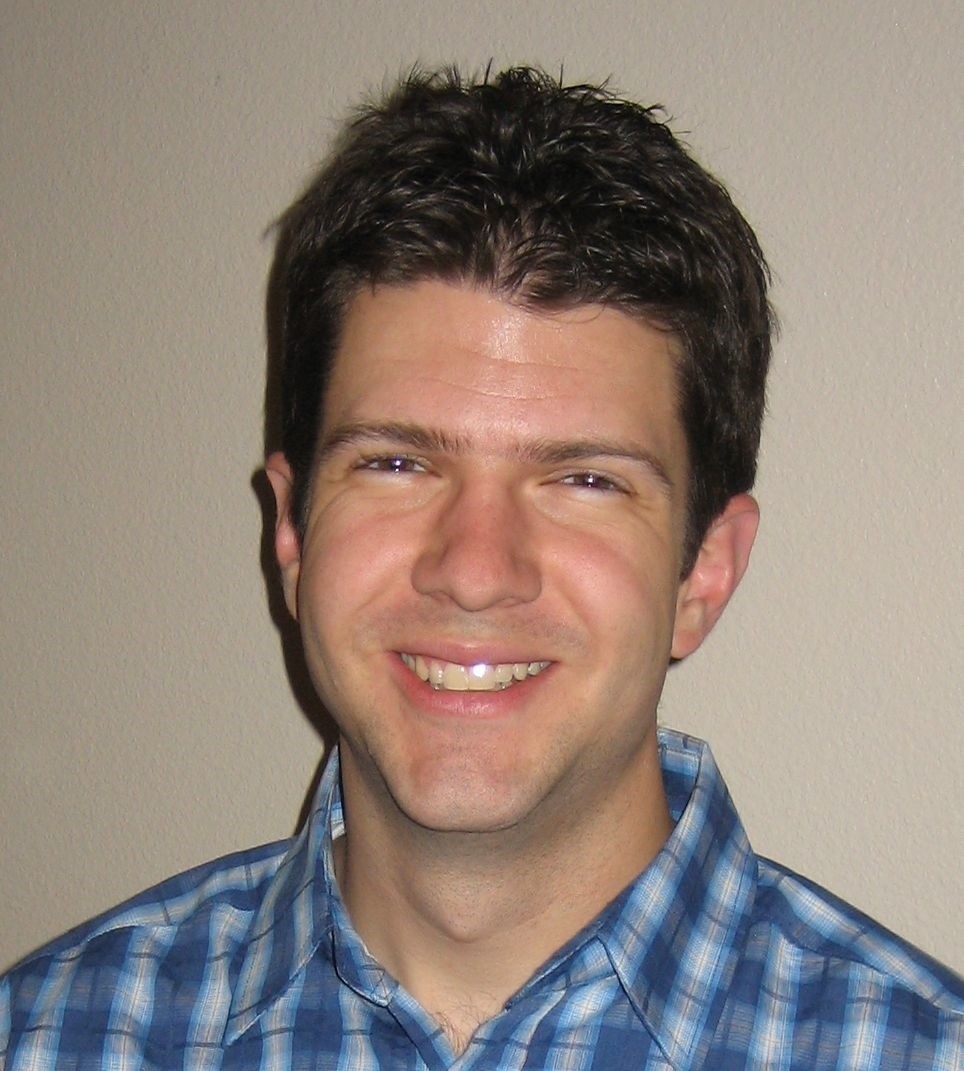 Blake Lance is currently a Graduate Research Assistant in the Mechanical & Aerospace Engineering Department at Utah State University. His experience has been focused on experiments in fluid mechanics and heat transfer with a specialization in Particle Image Velocimetry. He has worked on a variety of projects including transient convection on a vertical heated plate, oscillating channel flow, and open channel fluid measurements.
Blake Lance is currently a Graduate Research Assistant in the Mechanical & Aerospace Engineering Department at Utah State University. His experience has been focused on experiments in fluid mechanics and heat transfer with a specialization in Particle Image Velocimetry. He has worked on a variety of projects including transient convection on a vertical heated plate, oscillating channel flow, and open channel fluid measurements.
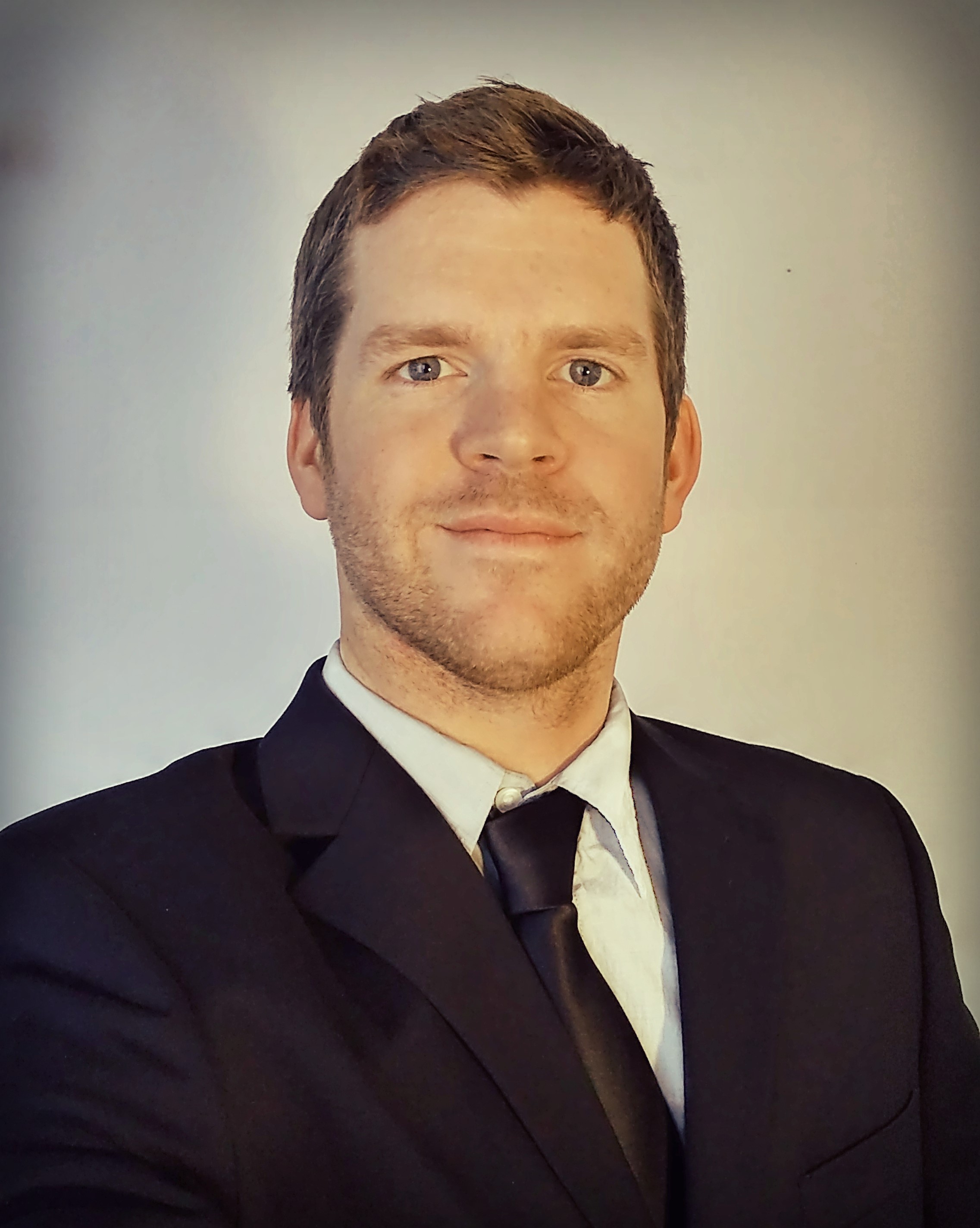 Jared Hobeck received a B.S. degree in general engineering from Montana Tech at the University of Montana in 2008, an M. Eng. degree in mechanical engineering from Virginia Polytechnic Institute and State University in 2012, and a Ph.D. degree in aerospace engineering from the University of Michigan in 2014 where he is currently a Postdoctoral Research Fellow. From 2009 to 2011 he was a Graduate Research Assistant in the Center for Intelligent Materials Systems and Structures and in the Center for Energy Harvesting Systems. Since 2007 he has performed research in multiple academic, private, and government labs. His research interests include linear and nonlinear structural dynamics, energy harvesting technologies, smart materials, flow-induced vibration, and composite structures. Dr. Hobeck’s honors and awards include being an invited speaker at the United States Naval Research Laboratory in 2014, he received the Best Paper Award and was Best Hardware finalist at the ASME SMASIS Conference in 2011, he is a member of Tau Beta Pi Engineering Honor Society, and received the Outstanding Student of the Year Award for the general engineering department at Montana Tech in 2008.
Jared Hobeck received a B.S. degree in general engineering from Montana Tech at the University of Montana in 2008, an M. Eng. degree in mechanical engineering from Virginia Polytechnic Institute and State University in 2012, and a Ph.D. degree in aerospace engineering from the University of Michigan in 2014 where he is currently a Postdoctoral Research Fellow. From 2009 to 2011 he was a Graduate Research Assistant in the Center for Intelligent Materials Systems and Structures and in the Center for Energy Harvesting Systems. Since 2007 he has performed research in multiple academic, private, and government labs. His research interests include linear and nonlinear structural dynamics, energy harvesting technologies, smart materials, flow-induced vibration, and composite structures. Dr. Hobeck’s honors and awards include being an invited speaker at the United States Naval Research Laboratory in 2014, he received the Best Paper Award and was Best Hardware finalist at the ASME SMASIS Conference in 2011, he is a member of Tau Beta Pi Engineering Honor Society, and received the Outstanding Student of the Year Award for the general engineering department at Montana Tech in 2008.
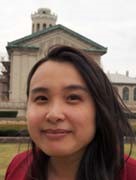 June Zhang received her B.S. with Highest Honor in Electrical and Computer Engineering from the Georgia Institute of Technology in 2005 and a M.S. in Electrical and Computer Engineering from Stanford University in 2008. She is currently a Ph.D. student in Electrical and Computer Engineering at Carnegie Mellon University. She was a recipient of the Georgia Hope Scholarship and the National Science Foundation Graduate Research Fellowship. She was a finalist in the 2014 CMU 3-Minute Thesis competition and the recipient of the Microsoft Azure Research grant in 2015. Her research interests are complex networks, network science, human-computer interaction, stochastic processes, and graph theory. She is particularly fond of koalas and hopes to apply her knowledge to help in their study and preservation in the future.
June Zhang received her B.S. with Highest Honor in Electrical and Computer Engineering from the Georgia Institute of Technology in 2005 and a M.S. in Electrical and Computer Engineering from Stanford University in 2008. She is currently a Ph.D. student in Electrical and Computer Engineering at Carnegie Mellon University. She was a recipient of the Georgia Hope Scholarship and the National Science Foundation Graduate Research Fellowship. She was a finalist in the 2014 CMU 3-Minute Thesis competition and the recipient of the Microsoft Azure Research grant in 2015. Her research interests are complex networks, network science, human-computer interaction, stochastic processes, and graph theory. She is particularly fond of koalas and hopes to apply her knowledge to help in their study and preservation in the future.
 Dr. Eng: Mohamed Ezzat El Hadedy Aly is Research Associate at the Department of Computer Science at the University of Virginia, with an interest in contributing to the application of reconfigurable computing devices for computational acceleration. His current research is to implement various algorithms such as encryption and signal processing algorithms on different FPGA platforms, studying the tradeoff between the performances, area, and power. He received the PhD Degree in computer engineering from the telematics department, Faculty of information Technology, Mathematics and Electrical Engineering, Norwegian University of Science and Technology (NTNU) - Norway in 2012.
Dr. Eng: Mohamed Ezzat El Hadedy Aly is Research Associate at the Department of Computer Science at the University of Virginia, with an interest in contributing to the application of reconfigurable computing devices for computational acceleration. His current research is to implement various algorithms such as encryption and signal processing algorithms on different FPGA platforms, studying the tradeoff between the performances, area, and power. He received the PhD Degree in computer engineering from the telematics department, Faculty of information Technology, Mathematics and Electrical Engineering, Norwegian University of Science and Technology (NTNU) - Norway in 2012.
Project Description
In-situ Characterization of the 3D temperature, phase, and shape characteristics of a melt-pool to enable qualified-as-built parts during additive manufacturing.
Project Team: Robert Zedric, Amy Mensch, and Adam Wachtor
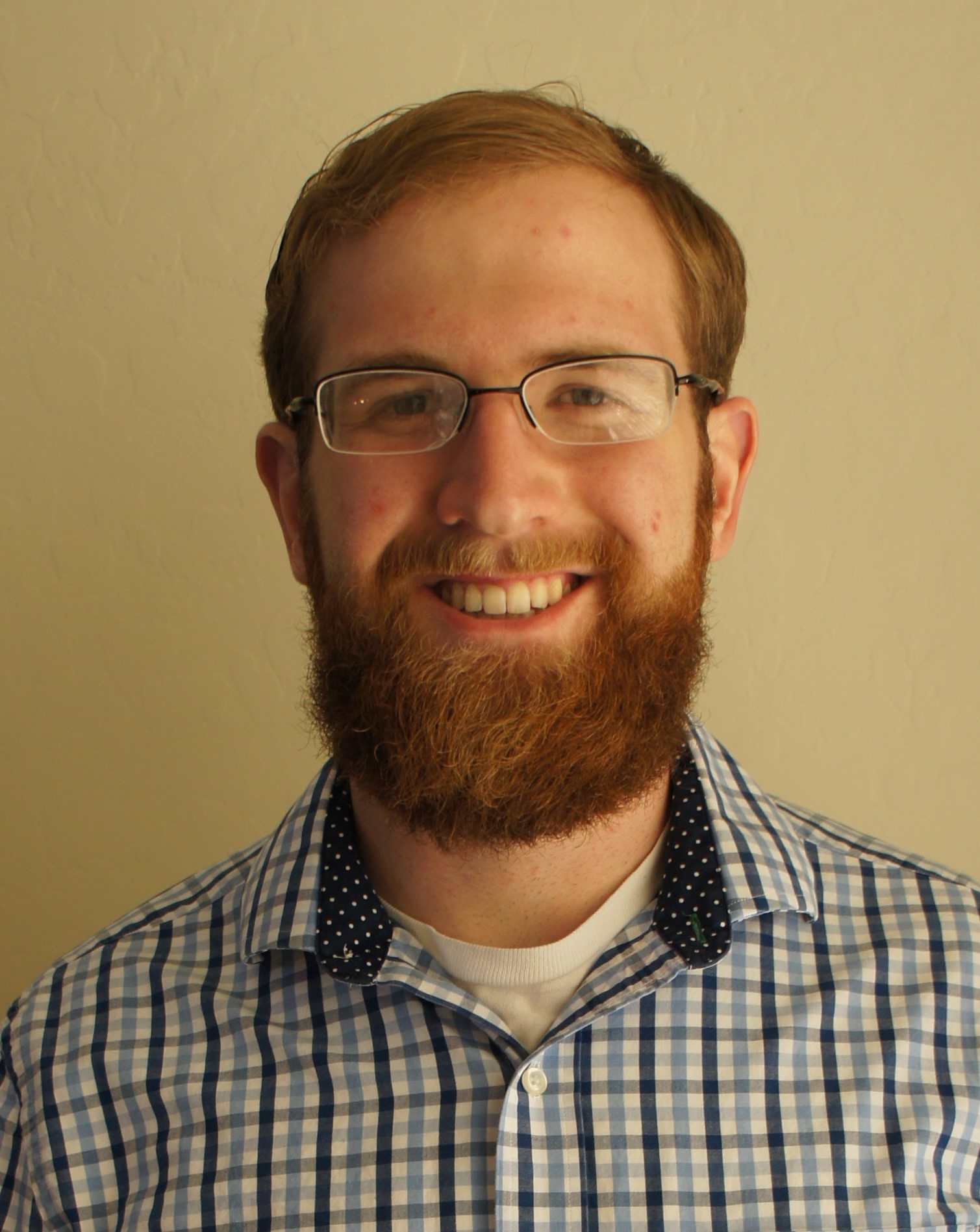 Robert Zedric is a graduate student at Texas A&M University, where he is studying nuclear engineering with a focus on nuclear nonproliferation. He is pursuing a PhD under appointment by the Nuclear Nonproliferation and International Safeguards (NNIS)Graduate Fellowship Program, which is sponsored by the South Carolina Universities Research and Education Foundation (SCUREF). His research focuses on improving safeguards of spent nuclear fuel through non-destructive assay (NDA) techniques. Robert holds a Bachelor of Science in Nuclear Engineering from the Missouri University of Science and Technology. He is licensed by the Nuclear Regulatory Commission to operate the Aerojet General Nucleonics (AGN) nuclear reactor at Texas A&M. In his free time, he enjoys hiking, rock climbing, and sailing.
Robert Zedric is a graduate student at Texas A&M University, where he is studying nuclear engineering with a focus on nuclear nonproliferation. He is pursuing a PhD under appointment by the Nuclear Nonproliferation and International Safeguards (NNIS)Graduate Fellowship Program, which is sponsored by the South Carolina Universities Research and Education Foundation (SCUREF). His research focuses on improving safeguards of spent nuclear fuel through non-destructive assay (NDA) techniques. Robert holds a Bachelor of Science in Nuclear Engineering from the Missouri University of Science and Technology. He is licensed by the Nuclear Regulatory Commission to operate the Aerojet General Nucleonics (AGN) nuclear reactor at Texas A&M. In his free time, he enjoys hiking, rock climbing, and sailing.
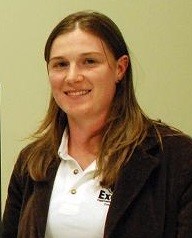 Amy Mensch is a doctoral student in the Mechanical and Nuclear Engineering Department at the Pennsylvania State University with plans to graduate in May 2015. Ms. Mensch received her master’s degree in mechanical engineering from Penn State in 2009. After receiving her master’s degree and prior to starting her doctoral degree, she performed research in the Fire Research Division of the National Institute of Standards and Technology where she evaluated the thermal performance of fire fighting respirator masks. Her doctoral research has focused on developing a method to simulate the conjugate heat transfer and cooling relevant to gas turbine airfoils. Ms. Mensch served two years as one of the three founding officers of the Student Advisory Council of the ASME’s International Gas Turbine Institute. In the fall of 2014, Penn State awarded Ms. Mensch the College of Engineering Distinguished Teaching Fellowship, which involved teaching a required junior level applied math course.
Amy Mensch is a doctoral student in the Mechanical and Nuclear Engineering Department at the Pennsylvania State University with plans to graduate in May 2015. Ms. Mensch received her master’s degree in mechanical engineering from Penn State in 2009. After receiving her master’s degree and prior to starting her doctoral degree, she performed research in the Fire Research Division of the National Institute of Standards and Technology where she evaluated the thermal performance of fire fighting respirator masks. Her doctoral research has focused on developing a method to simulate the conjugate heat transfer and cooling relevant to gas turbine airfoils. Ms. Mensch served two years as one of the three founding officers of the Student Advisory Council of the ASME’s International Gas Turbine Institute. In the fall of 2014, Penn State awarded Ms. Mensch the College of Engineering Distinguished Teaching Fellowship, which involved teaching a required junior level applied math course.
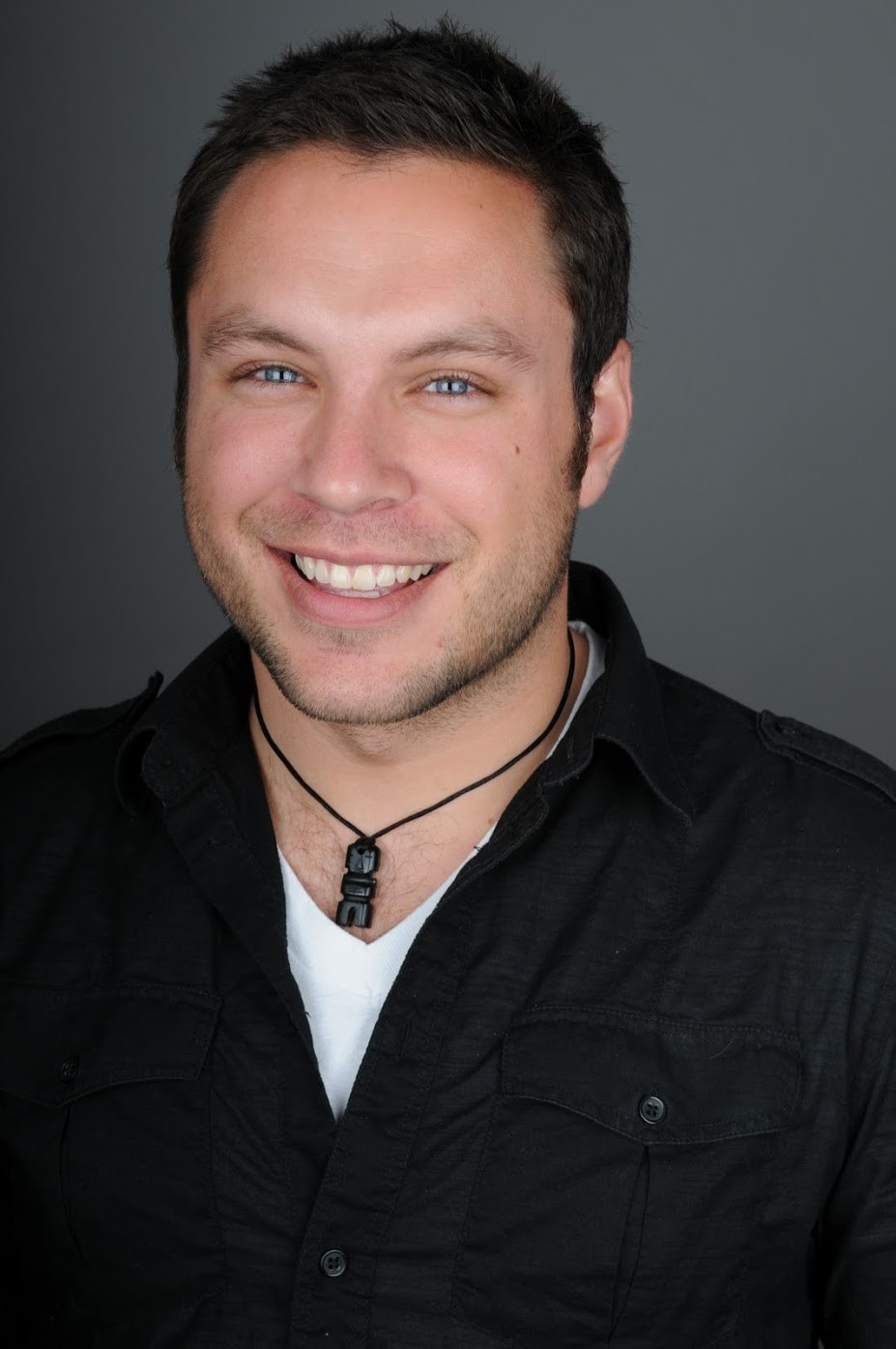
Project Description
Economical production of the large amounts of biomass needed to displace petroleum will require significant productivity and efficiency improvements from the agricultural sector, which is also responsible for human and animal nutrition. In 2014, the United Nations warned that world agriculture must increase its output 60% by 2050 (1.6% per year, on average) to support global population growth and economic development.2 Meanwhile, Hall and Richards report that the annual genetic gain for the main cereal crops best varieties and hybrids falls well below 1.16–1.31% per year and are not able to satisfy projected growing demand.3 Consequently, the realization of commercially viable agriculture for energy purposes requires unprecedented increases in productivity and resource use efficiency. (ARPA-E)
The goal of this project is to help work toward the goal of increasing crop yield by developing a capability for rapidly and noninvasively measuring the mass, topology and architecture of root systems below ground and in the field. Current root characterization practice involves the use of soft-x-rays on plants in purpose-made containers, Rhizotron techniques only provide information at the window barrier, wash and scan methods require uprooting the plant, current computed tomography techniques are only suitable for laboratory environments, require the collection of core samples, are very slow, and are limited by the volume of the measurement system. Litterbag techniques are also used to characterize root mass, but they may alter the mass properties due to changes in decomposition dynamics.
Project Team: Dan Shields, Jack Wadden, and Precious Cantu
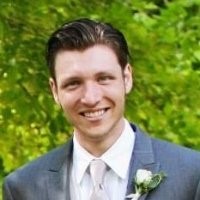 As a Ph.D. candidate in physics, Dan Shields has a deep curiosity about how and why the world around him functions at the most fundamental level that has only intensified as he relates the answers to these questions to solve universal issues. He chose to study applied physics Colorado School of Mines to understand how science could be employed to solve critical problems relating to global security, clean energy, and sustainability. His thesis research centers on nuclear fission at the Los Alamos National Laboratory with the long-term professional goal of bringing about a safe, economical, and efficient future for nuclear applications. With a strong history as a teaching assistant and technical presenter, he is also invested in sharing that information to others effectively and instilling his passion in them. As the end of his graduate career approaches, he has an expanded interest to use his skills and expertise to explore solutions for a broader class of problems. Dan is an avid outdoor enthusiast as a member of the Los Alamos Mountaineers and a volunteer on the Pajarito Ski Patrol. He also enjoys delving into the culinary and musical arts as an avid chef, aspiring gardener, and guitarist. A selection of professional work is available: https://www.linkedin.com/in/danwshields . Dan can best be reached at dshields@lanl.gov.
As a Ph.D. candidate in physics, Dan Shields has a deep curiosity about how and why the world around him functions at the most fundamental level that has only intensified as he relates the answers to these questions to solve universal issues. He chose to study applied physics Colorado School of Mines to understand how science could be employed to solve critical problems relating to global security, clean energy, and sustainability. His thesis research centers on nuclear fission at the Los Alamos National Laboratory with the long-term professional goal of bringing about a safe, economical, and efficient future for nuclear applications. With a strong history as a teaching assistant and technical presenter, he is also invested in sharing that information to others effectively and instilling his passion in them. As the end of his graduate career approaches, he has an expanded interest to use his skills and expertise to explore solutions for a broader class of problems. Dan is an avid outdoor enthusiast as a member of the Los Alamos Mountaineers and a volunteer on the Pajarito Ski Patrol. He also enjoys delving into the culinary and musical arts as an avid chef, aspiring gardener, and guitarist. A selection of professional work is available: https://www.linkedin.com/in/danwshields . Dan can best be reached at dshields@lanl.gov.
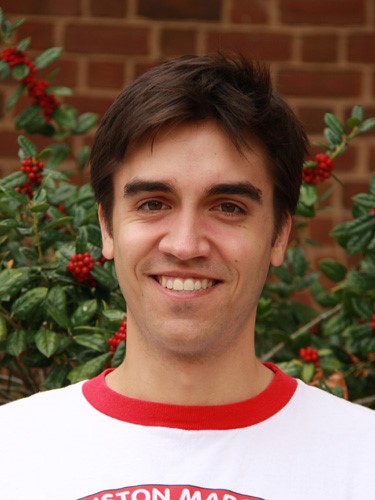 Jack Wadden is a graduate student at the University of Virginia studying heterogeneous and reconfigurable computer architectures. He received his BA in computer science from Williams College and went directly to graduate school at UVa. His master's thesis focused on software solutions to GPU hardware reliability in the context of HPC and supercomputing systems and he is currently pursuing a PhD in programmability of heterogeneous and reconfigurable systems-on-chip. In his spare time, Jack enjoys cooking, golfing, swimming, and laughing.
Jack Wadden is a graduate student at the University of Virginia studying heterogeneous and reconfigurable computer architectures. He received his BA in computer science from Williams College and went directly to graduate school at UVa. His master's thesis focused on software solutions to GPU hardware reliability in the context of HPC and supercomputing systems and he is currently pursuing a PhD in programmability of heterogeneous and reconfigurable systems-on-chip. In his spare time, Jack enjoys cooking, golfing, swimming, and laughing.
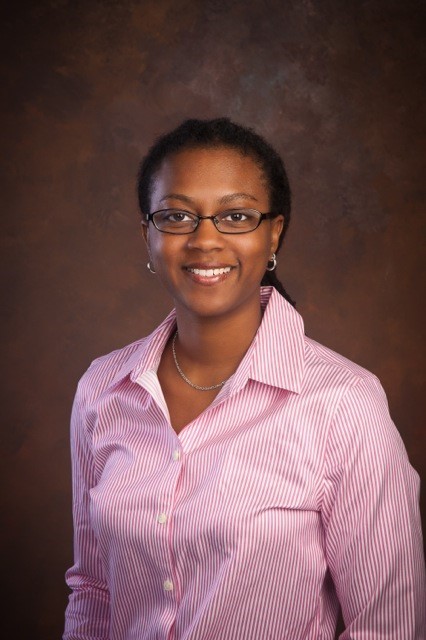 Precious Cantu is originally from Houston, TX. She received her B.S. from Louisiana State University in Baton Rouge where with the support of the Ronald McNair Scholars program she studied optics and nanotechnology. After completion of her B.S. she was awarded several doctoral fellowships in 2011 including the National Science Foundation Graduate Research Fellowship (GRFP), the Graduate Training Program in Nanotechnology at the University of Utah, and the GEM Fellowship. Currently she is a 4th year PhD candidate in Electrical and Computer Engineering in the LONS laboratory under the direction of Prof. Rajesh Menon. Her research focuses on extending the spatial resolution of optics to the nanoscale.
Precious Cantu is originally from Houston, TX. She received her B.S. from Louisiana State University in Baton Rouge where with the support of the Ronald McNair Scholars program she studied optics and nanotechnology. After completion of her B.S. she was awarded several doctoral fellowships in 2011 including the National Science Foundation Graduate Research Fellowship (GRFP), the Graduate Training Program in Nanotechnology at the University of Utah, and the GEM Fellowship. Currently she is a 4th year PhD candidate in Electrical and Computer Engineering in the LONS laboratory under the direction of Prof. Rajesh Menon. Her research focuses on extending the spatial resolution of optics to the nanoscale.
Signature Presentations
- William Junor - Applications of RF to National Security Interests
- David Clark - Proposal Writing
- Thomas Lienert - Metallurgy of Additive Manufacturing
- Lakshman Prasa - Multiscale Image Decomposition and Analysis of Shapes
- Richard Sayre - Making Next Generation Biofuel Systems Work
- Bill Priedhorsky - Proposal Writing, Living in Northern New Mexico
- Michael Kane - ARPA-E Perspective on Writing Proposals
- Phil Cornwell - Giving Presentations and Preparing Lectures
- Tarasankar DebRoy - Modeling Additive Manufacturing/Welding
- Kathleen McDonald - Tech Transfer
- Albert Migliori - Acoustic Resonance Spectroscopy
- Mark Bourke - Neutron Radiography: Opportunities and Examples
- Momchilo Vuyisich - International Collaborations
- Pei Zhang - Air, Land, and Body-bourne Sensors: Knowledge Discovery Through Ambient Inferencing
- David Mascarenas - Design Thinking
- Todd Murphey - High Performance Control Using Low Performance Infrastructure, Excellence in Instructions as Proof of Excellence in Research
- Kent Kiehl - Mobile Brain Imaging and Psychopathy
- Danielle Tullman-Ercek - Molecular Biology and Recent Breakthroughs in Bacterial Expression at UC
- Paul Welch - Machine Learning Over Simulation Data
- Mike Todd - Faculty Life at a Research University: What to Expect and How to Survive



